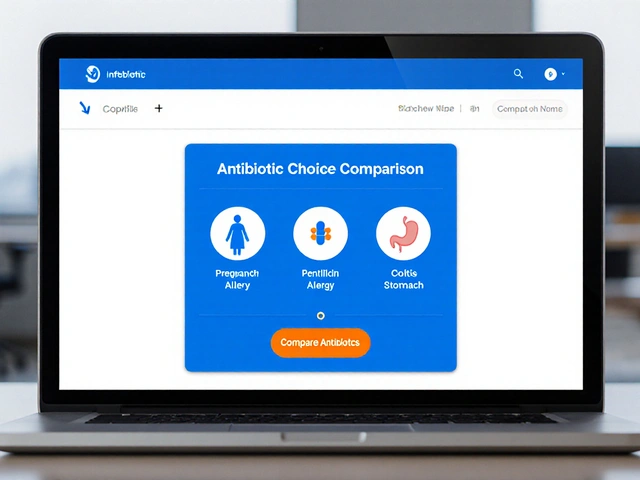Earplugs: What They Are and Why You Need Them
Whether you’re at a loud concert, working on a construction site, or just trying to sleep, earplugs can save your hearing. They’re small, cheap, and surprisingly effective at cutting down noise. The right pair can lower sound by 15‑30 decibels, which is enough to stop ringing ears and long‑term damage.
Most people think earplugs are only for musicians, but they’re useful in many everyday situations. Think about noisy roommates, a busy kitchen, or even a plane ride. A quick, comfortable solution can mean a better night’s sleep and less stress the next day.
Choosing the Right Type of Earplugs
There are three main kinds: foam, silicone, and custom‑molded. Foam earplugs are the most common – you roll them, push them in, and they expand to fit your ear canal. They’re inexpensive and work well for sleep or short‑term exposure.
Silicone plugs stay soft and can be molded with your fingers. They’re reusable and good for water‑related activities like swimming. Custom earplugs are made from a mold of your ear, offering the best fit and comfort, but they cost more and require a professional fitting.
When picking a pair, ask yourself three questions: How loud is the environment? How long will you wear them? Do you need them for a specific activity (like swimming) or for general use? Answering these helps you avoid buying the wrong type and ending up with uncomfortable or ineffective protection.
How to Insert and Care for Earplugs Properly
Getting a good seal is key. For foam plugs, roll the piece into a tight cylinder, pull your ear back gently, and insert the plug deep enough that it expands. Hold it in place for a few seconds while it swells. If it feels loose, try a smaller size or a different brand.
Silicone plugs go in the same way, but you shape them with your fingers first. Push them in until they sit comfortably without poking out. For custom plugs, just insert; they’re already shaped to fit.
Keep earplugs clean. Foam plugs are disposable – toss them after a few uses. Silicone and custom plugs can be washed with mild soap and water, then dried completely before storage. Never share earplugs; bacteria can spread easily.
Finally, remember to give your ears a break. If you’re using earplugs for hours each day, take them out for a few minutes when you’re in a quieter space. This lets the ear canal breathe and reduces irritation.
Earplugs are a simple tool that makes a big difference for hearing health. With the right type, proper insertion, and regular care, you’ll protect your ears without sacrificing comfort. Keep this guide handy the next time you need to shut out noise – your ears will thank you.
Earplugs and Ear Canal Infections: Risks, Prevention, and Safe Use
By Joe Barnett On 19 Aug, 2025 Comments (0)

Do earplugs cause ear canal infections? Clear answer, how it happens, prevention steps, cleaning tips, and when to see a doctor-so you can use earplugs safely.
View More



